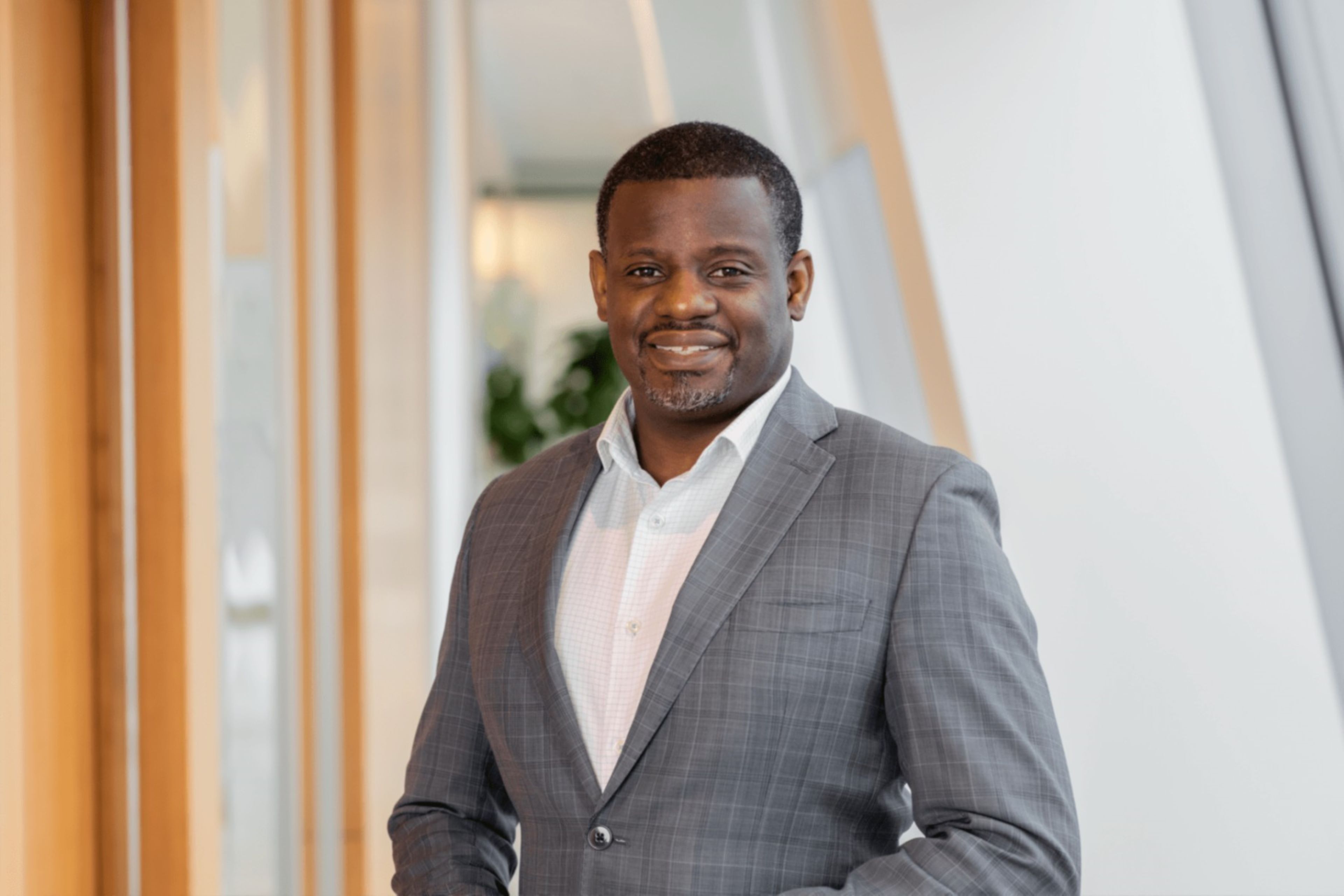EY refers to the global organization, and may refer to one or more, of the member firms of Ernst & Young Global Limited, each of which is a separate legal entity. Ernst & Young Global Limited, a UK company limited by guarantee, does not provide services to clients.
Insights
Asking the better questions that unlock new answers to the working world's most complex issue.
Services
EY helps clients create long-term value for all stakeholders. Enabled by data and technology, our services and solutions provide trust through assurance and help clients transform, grow and operate.
Industries
Discover how EY insights and services are helping to reframe the future of your industry.
See more
Case studies
Strategy and Transactions
How carve-outs positioned an automotive giant for future growth
11 Apr. 2024EY Canada
About us
At EY, our purpose is building a better working world. The insights and services we provide help to create long-term value for clients, people and society, and to build trust in the capital markets.
See more
Top news
Press release
Vellayan Subbiah from India named EY World Entrepreneur Of The Year™ 2024
06 Jun. 2024Eric J. Minuskin
Press release
08 Apr. 2024Michael Curtis
Press release
EY announces acceleration of client AI Business Model adoption with NVIDIA AI
19 Mar. 2024Barbara Dimajo
Recent Searches
Trending
-

Rethink customer experience as human experience
Technology will transform customer experience. Competitive differentiation will come from connecting to what is essentially human. Learn more.
01 Jul. 2024 Customer -

How can trust survive without integrity?
The EY Global Integrity Report 2024 reveals that rapid change and economic uncertainty make it harder for companies to act with integrity. Read our findings.
06 Jun. 2024 -

How bolder CEOs take charge to shape their future with confidence
EY CEO confidence index assesses CEO sentiment across sector growth, price and inflation, business growth, talent, and investment and technology. Read more
04 Sep. 2024 EY
Episode 1 | January 2024
Andrea Wolfson
Partner, People Advisory Services
In this episode, EY’s Partner Andrea Wolfson tackles three key questions around how talent dynamics have changed, what that means for the organizations she serves and how businesses can effectively adapt to thrive.
-
How are talent dynamics changing and what’s causing these shifts?
- It is such an interesting time right now. If we zoom out for a moment, there are really 2 key forces at play… the first are Cyclical and the second are structural – and both of these are shaking up talent dynamics right now.
- The first… Cyclical forces are really those that tie back to economic or geopolitical and political drivers.
- Things like the economy, inflation, or wars overseas.
- The second… Structural forces on the other hand take shape in demographic and social changes, as well as technological changes.
- For example, we are seeing a global decrease in birth rates. This means that while we might see some short-term easing of labour shortages as economies cool globally, the continuing decrease in available labour will make talent a priority for companies over the long term.
- At the same time, technology is advancing at a remarkable pace.
- Tech like GenAI is creating upside for productivity and efficiency.
- These cyclical and structural forces are creating a lot of complexity around work.
- Importantly, each of these forces will affect your people in different ways, depending on their own demographics, experiences, and backgrounds.
- There is a lot to think about.
How are these evolving dynamics impacting your clients right now?
- You know, it really comes back to the “W”s… who what when where and why…
- There’s really no one-sized-fits-all approach to tackling these questions.
- And the answers really look different for every organization.
- If we start with WHAT: When thinking about what work to prioritize organizations are considering the careful balance between short- and long-term business goals.
- They are looking at tying their talent requirements to their strategies by looking at what skills they need to deliver against their 2-5 year strategies.
- And thinking about WHERE… They need the right organization model in place to answer the question of where work should happen and where they will acquire the skills that are required. That means thinking about what happens onshore, offshore; centralized, decentralized; in-person or remote.
- And they have to answer for who and how to get work done.
- Our clients are thinking critically about having necessary skills within the organization and closing skill gaps through upskilling/reskilling, new partnerships, or acquisition and figuring out which skills, roles and people are truly critical.
What can companies do to reframe talent strategies to thrive now and in the future?
- In this environment, organizations need a holistic approach to talent strategies.
- People need different skills going forward.
- Leading people in this new way requires a different set of leadership capabilities.
- Ones that are built on empathy, agility, adaptability and collaboration as our clients are moving to more horizontal and transversal ways of working.
- In addition to looking at roles and org models, we’re working with our clients to help them embrace a very different way of planning and operating that looks across the 6Bs.
- The 6 Bs is renewed talent strategy framework to more effectively attract and retain your talent by thinking really critically about where you get the skills you need…
- Do you… Buy the talent from the external market,
- Do you… Borrow talent from an external vendor for a temporary period of time,
- Do you… Bridge talent by redesigning roles,
- Bounce talent by moving them internally to meet changing needs,
- Bind talent by creating or changing retention strategies to impact attrition, or
- Do you… Build your talent internally through learning and development.
- Yes, this comprehensive approach takes time and effort and it’s an incredibly worthwhile investment.
- Rethinking talent strategies in this way can build the agility and flexibility you’ll need to succeed and to continue to respond to your evolving strategy over time.
- And that’s really important to pause on.
- At EY, we help by connecting operating models, workforce strategy and every other aspect of the people value chain in a seamless plan that enables the business strategy.
- We are working with our clients to continuously refine the plan based on what’s going on in the world around us, and across their businesses.
- Holistic talent strategies are designed to generate the kind of resilience organization’s need now and into the future.
- So, understand where your organization is starting from, look to where you need to get to, and then plan and iterate your way forward.



